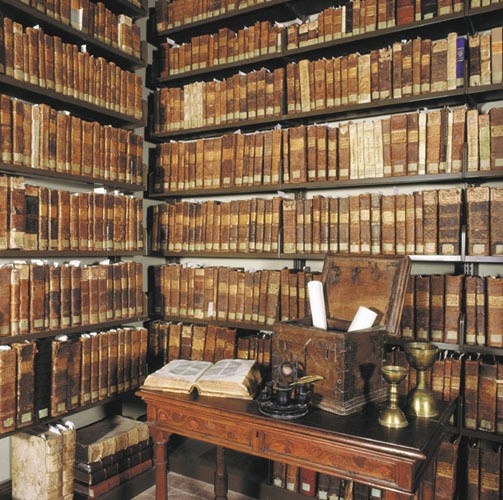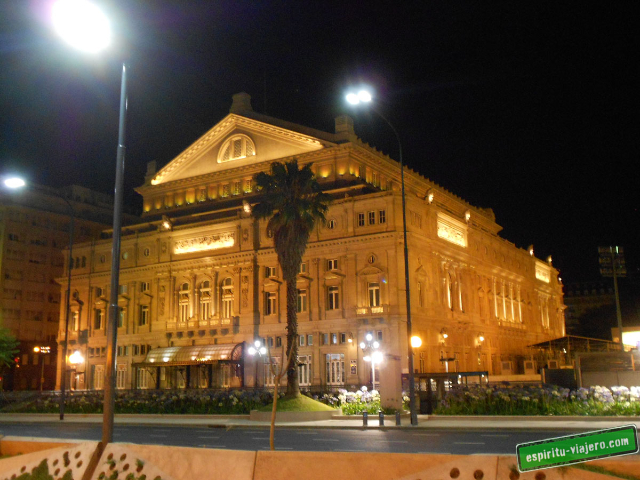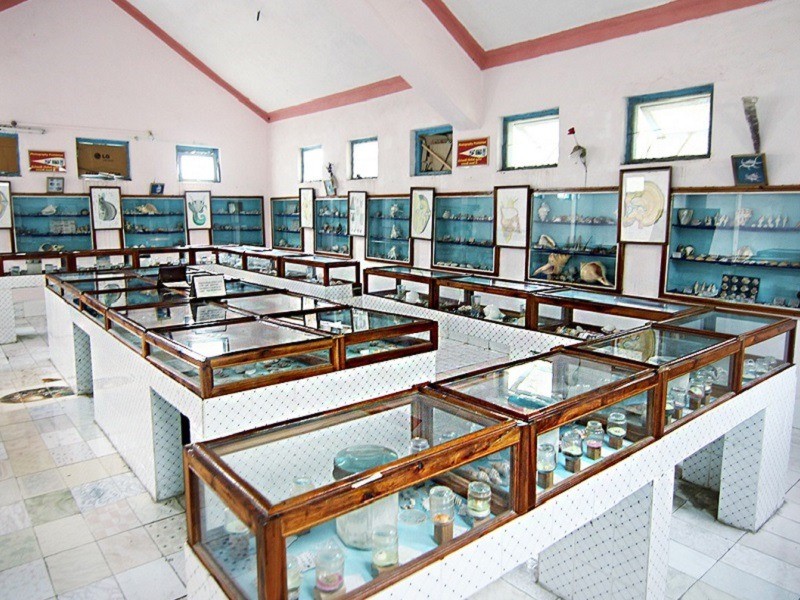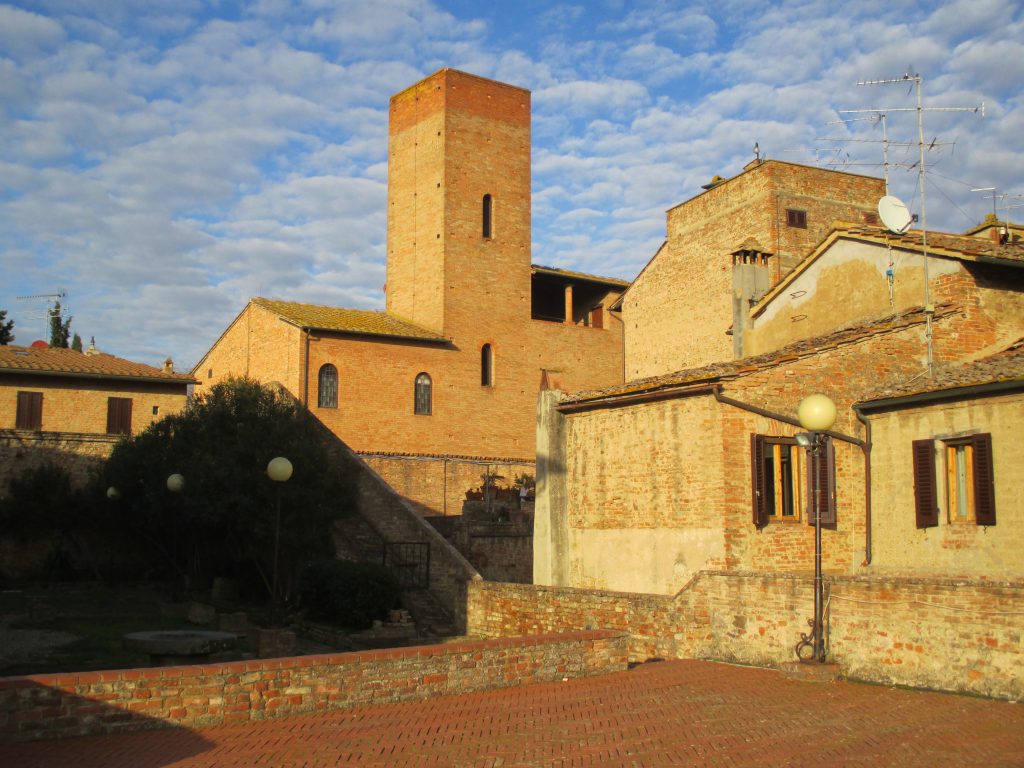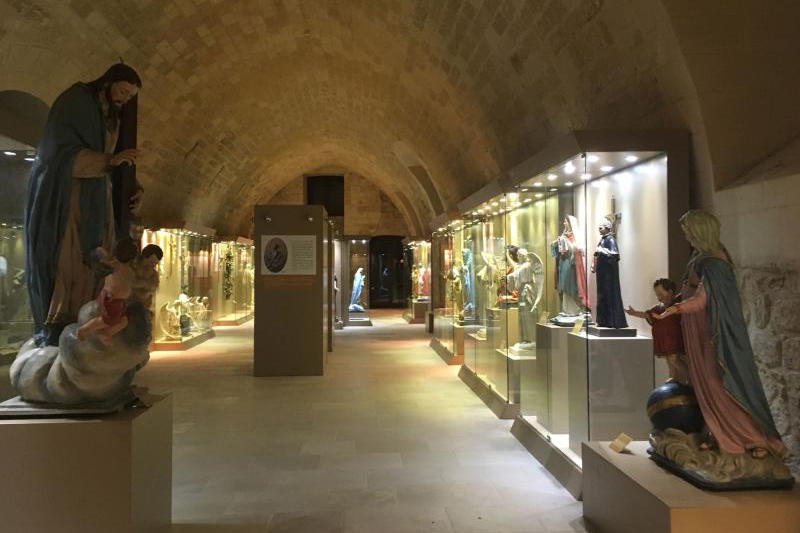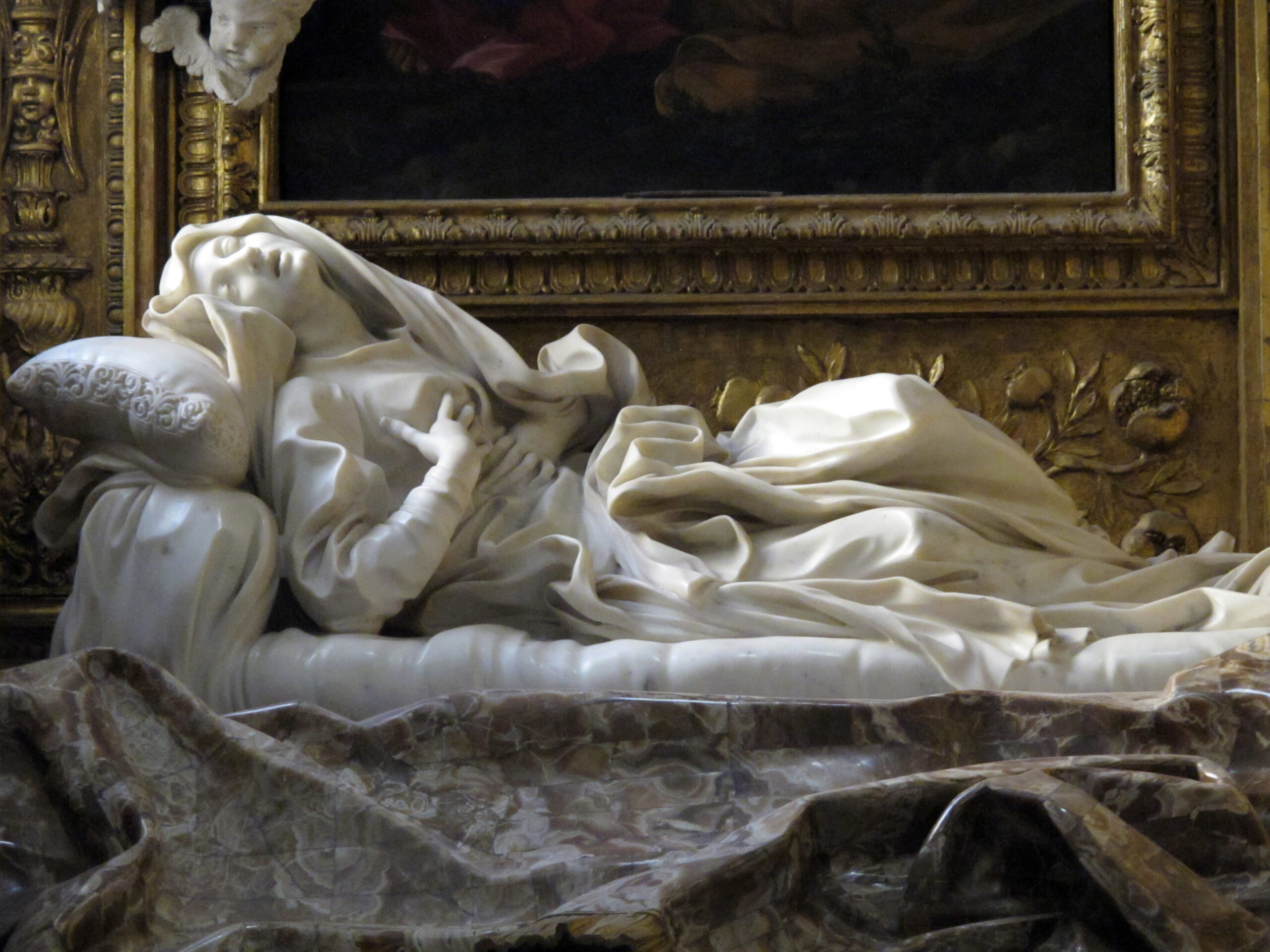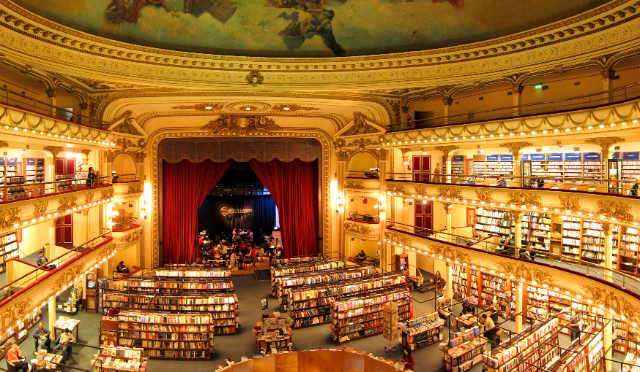n the gentle hills of the Marche hinterland there is a "high hill" that inspired the words and poetry of one of the greatest Italian and European writers: Giacomo Leopardi. Born in 1798, in this small town in the Marche region, the poet wrote many of his poems here, which over time have been handed down, studied, up to the present day. Between the square of the "Sabato del Villaggio" and the tower that inspired the "Passero Solitario" (Lonely Sparrow) we find Casa Leopardi.
The present structure of Casa Leopardi is not impressive for its grandeur, but for its simple and elegant lines that are due to the architectural changes made in the first half of the eighteenth century by the architect Carlo Orazio Leopardi, great-uncle of the poet. Outside Casa Leopardi are the gardens. Located at the back, and belonging to the Leopardi family in the first half of the fifteenth century, they were later donated for the construction of the Convent of Santo Stefano, now home to the institute World Poetry Center. Inside, instead, going up a wide eighteenth-century staircase, you have access to the second floor of the famous Library.
On the walls of the Library, you can see some archaeological finds collected by Count Monaldo, Giacomo’s father. He placed, between two columns, a marble architrave with a well-wishing inscription for those who had to use this library: "filiis, amicis, civibus".
Monaldo’s idea was in fact to form and organize a library not only for his sons, but also for his friends and, above all, for the citizens of Recanati, as the plaque still preserved in the second room of the library states. Inside the library there are about 20,000 volumes that can be consulted by scholars, with the family’s permission. The museum tour leads the visitor to some rooms of the palace furnished with period furniture and decorated with delicate stucco and tempera on the ceilings.
In Count Monaldo’s study, the poet’s desk-table is also preserved, next to the window that looks out onto the small square and the roofs of Recanati.
This is the square, where the church of S. Maria di Montemorello built by Pier Niccolò Leopardi in the second half of the sixteenth century, and the building of the stables that once housed some families of servants including that of Teresa Fattorini, then celebrated by the poet in the famous song "A Silvia".
